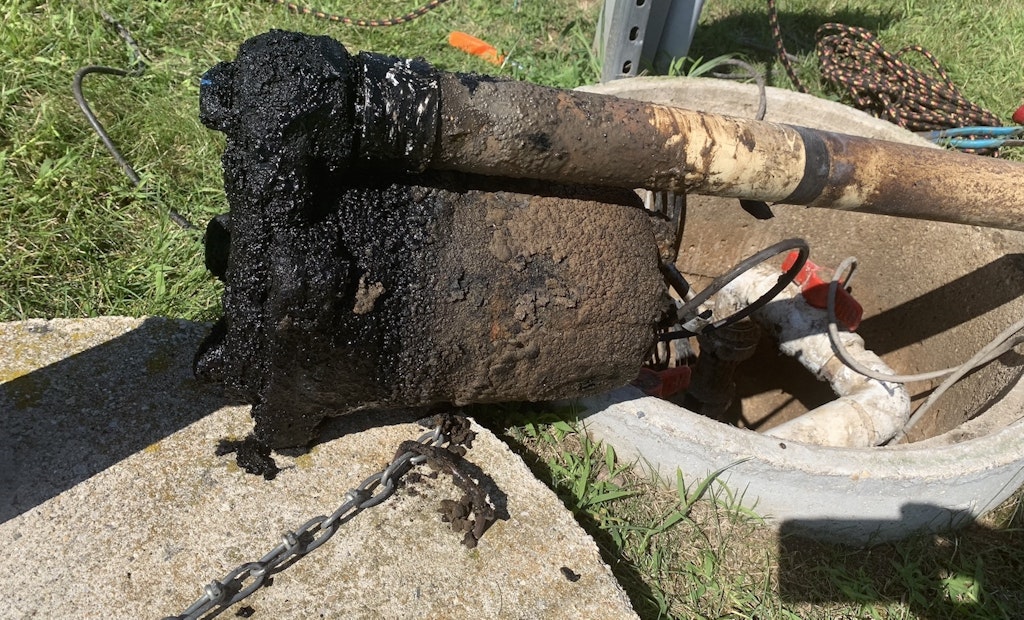I get calls about failed pumps all the time. Many times, the customer is frustrated because this will be their third or fourth pump. We all know that in many instances do-it-yourselfers (or their buddy who "knows what he’s doing") have gone to the hardware store, and replaced...
Septic Pump Replacement Do’s and Don’ts
Popular Stories
Discussion
Comments on this site are submitted by users and are not endorsed by nor do they reflect the views or opinions of COLE Publishing, Inc. Comments are moderated before being posted.






